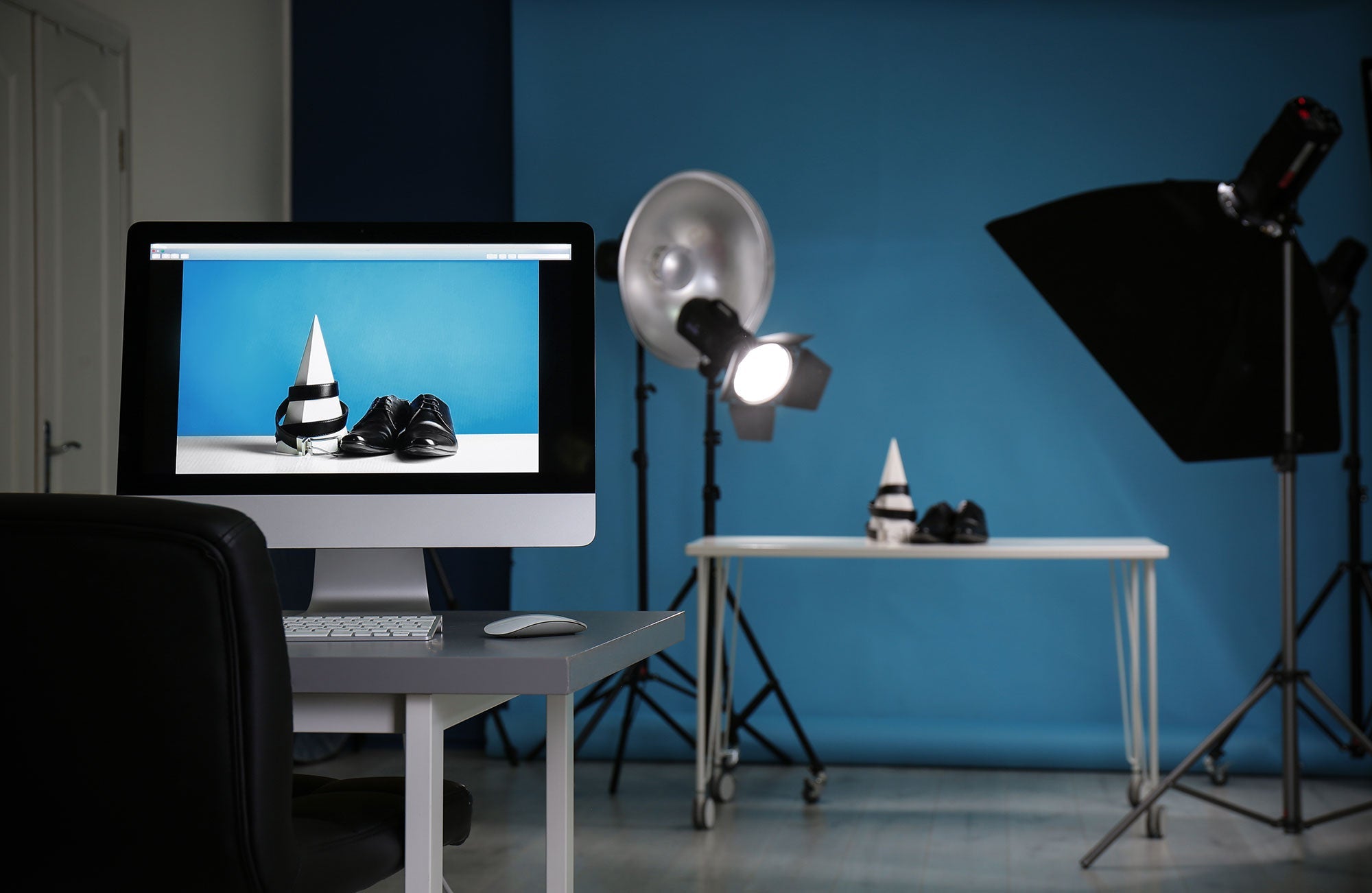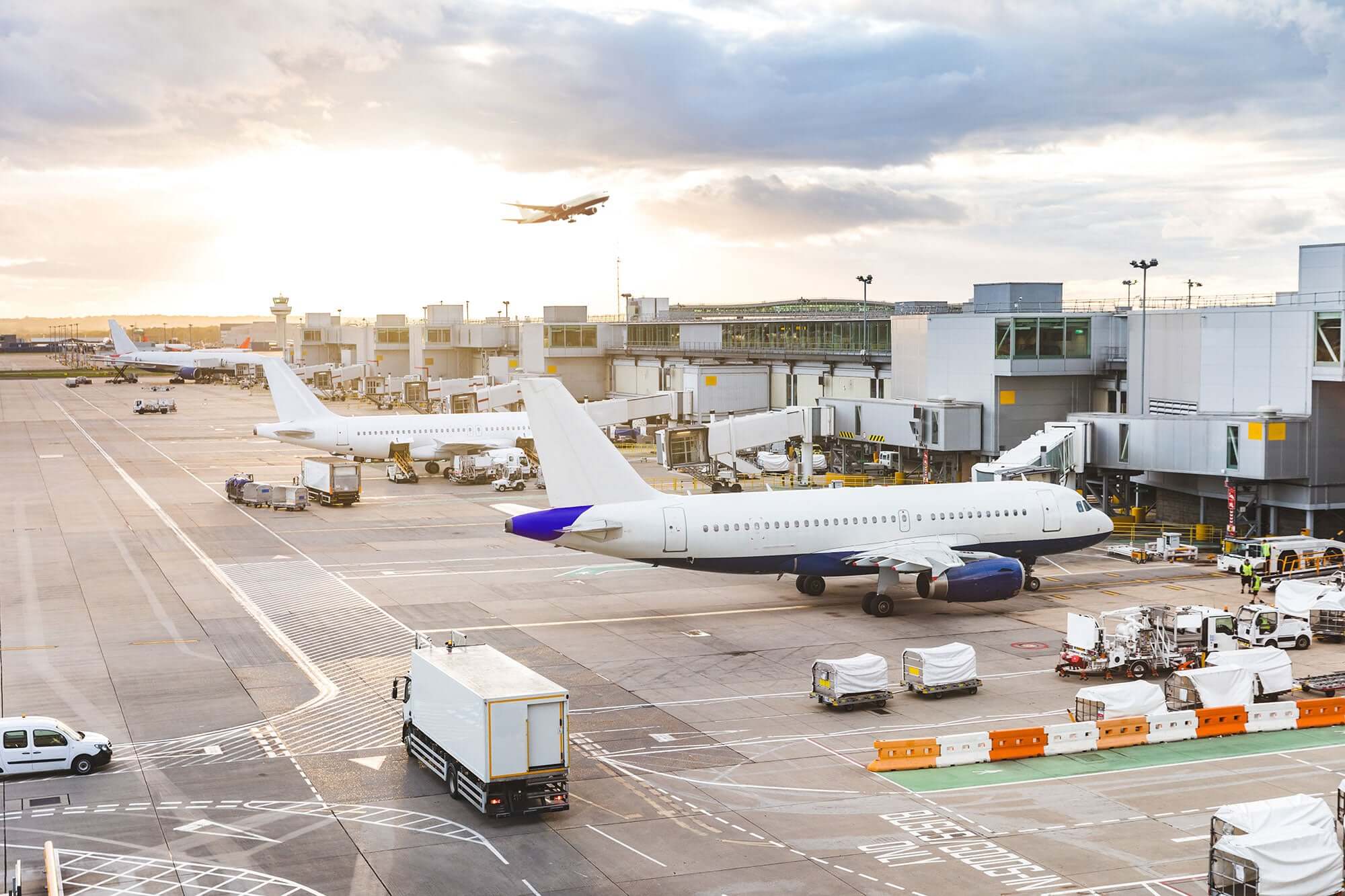
Product photography - What to consider?
Product photography is all about portraying a product in an appropriate way and conveying a feeling of it. Whether you want to explore a new facet of photography as a hobby, would like to take photos of your own products, or are interested in making money with packshots for online stores, there's a lot you can try in product photography!
The two basic types of product photography
Basically, product photography is divided into two different directions, which differ in their execution and especially in the use of the images. On the one hand, there is the still life, for which a product is staged in a specific context that evokes an emotional response in the viewer. The aim is of course to encourage people to buy the product, but it is also about creating a certain image, e.g. noble and timeless or modern and youthful, playful and rich in detail, etc. Location design, i.e. the choice and presentation of the location, is particularly important here and photographers can be creative. This form of product photography is mainly used in advertising and helps to create and consolidate the special image of a brand.
You can also find the right camera bag for your equipment and everything you need to protect your camera in our Oberwerth Shop.. From classic camera bags modern sling bags up to noble photo-beachers and backpacks. Of course you will also find hand straps and shoulder straps. Finest craftsmanship from the best materials. Feel free to look around and find the bags & accessories that best suit you and your equipment!
Packshot photography, on the other hand, focuses on the most realistic, accurate representation of a product possible, so that, for example, an informed purchase decision can be made in an online store. The often detailed setting of a still-life shot is replaced here by a simple, often uniformly white background, and the product is usually photographed without any other props. With the many images shoppers look at in online stores, elaborately designed still lifes that stimulate imagination and fantasy would be overwhelming and confusing. What is needed here are simpler, clearer representations. For this, the product is usually shown centrally in the picture against a white background. The exposure is as even as possible and resembles other images in the same online store. Products are often shown from different perspectives to highlight their different characteristics.
Preparation of the shooting
Product photography has evolved in recent years from a professional domain to an area of photography in which amateurs and semi-professionals can also realize their potential. Even with minimal equipment, good effects can be achieved and even the cameras of some cell phones are suitable for this purpose. Even before you start thinking about lighting, camera and tripod for product photography, there should be some basic considerations about the product itself and the desired presentation. Because how a product is best staged is always related to the message that the photo should convey.
It is important to find an image aesthetic that suits both the company and the target group. The first thing to do is to find out whether the company already has an image and image aesthetics that are already known and can be used as a guide. Central to product photography is, of course, what the customer wants and whether it is about a new product launch or whether, for example, a new version of a well-known product is to be shown. If the shot is to be a still life in which props can be seen in addition to the actual product, these should fulfill specific tasks in the picture. For example, they can illustrate the possible uses of the product or underline its value. Sometimes, however, it is also worth choosing unusual combinations to create special eye-catchers.
Finally, before experimenting with light and camera settings, the product must be thoroughly cleaned and prepared, because like the star at a shoot, the object should show itself from its best side. For it to really shine, it should be absolutely free of dust and cleaned with the appropriate cleaning products and a microfiber cloth. A small compressed air tank can then remove even the finest dust. To avoid leaving unsightly fingerprints on the object, cotton gloves should be worn during preparation.
What do I need for product photography?
In product photography, which usually takes place in a studio, ideal lighting plays a particularly important role. When working with textiles or special textures, for example, contrasting lighting helps to make visible the properties of an object that can otherwise only be felt. In general, with such complex lighting conditions, it is best to work your way from the general to the specific. To do this, first set the general background light, then add the lighting of the object, and then take care of any lighting highlights on the object. It's generally best to use continuous light instead of flash, as it's easier to see its effect in advance and adjust accordingly. If sufficient daylight is available, the lighting can be implemented with less effort, but in order to work independently of outside light, it is generally advisable to have one or two daylight lamps ready.
In principle, a wide range of cameras can be used for this form of photography, because it all depends on the right implementation. Those involved in product photography are usually not completely new to the world of photography and often already have a suitable camera. Full-frame cameras are considered optimal, with which one has more depth of field and greater creative scope. So that the professional equipment can be stowed well and safely, but at the same time quickly and easily accessible, there is the Oberwerth SL camera bag. Everything has its place here, as flexible dividers help to organize its interior and quickly access the camera and various lenses. In addition to the camera, there's room for two lenses as well as small items like extra SD cards. The right lens for product photography will vary depending on the occasion, but a good all-rounder in product photography are 50mm lenses. They can be used in a variety of ways and also image the object in a perspective similar to that of the human eye. The simple, elegant look of our camera bag goes with any outfit, and the bag is particularly water-repellent.
In product photography, it is important to always shoot in the highest possible resolution, because this means that the image can subsequently be printed in large format and, with more details captured, has the greatest possible scope for post-processing. When lighting and camera are finally set correctly, many photos can be taken one after the other, especially when making pack shots, with only the object to be photographed being changed and all settings can remain the same. In order to create a consistent image, repeatability is an important aspect, especially (but not only) for packshots. In order to be able to repeat a particularly successful set-up with ideal light a second time, it is essential to make precise notes and drawings of all set-ups or even work with floor markings.
Another important tool in product photography is the tripod, which should ideally have a ball head that allows you to try out different shooting angles. At the same time, a tripod allows you to work with a wider aperture and lower ISO values to achieve a greater depth of field with less noise. A good depth of field is obtained at medium aperture values of f/11, for example.
Post-processing details
After the photo is in the can, post-processing is all about editing the background, removing unwanted shadows and effects, and making sure the color of the product in the photo matches its actual hue. To do this, photographers work with programs such as Adobe Photoshop or Affinity Photo, in which they can work with various layers, masks and cutting tools. Learning such a craft of photo editing is tedious and can take several months. Increasingly, therefore, photographers are turning to fully automated product photography themes whose specially developed software automatically cuts out the background and applies the desired color.
If you're interested in gaining your own experience with product photography, you'll find examples in abundance on the Internet. Once you've found a style that appeals to you, it's then a matter of experimenting, getting to know your own equipment in depth, and starting with simple products and slowly working your way up.
Sources
https://www.rollei.de/blogs/inspiration/produktfotografie-tipps
https://orbitvu.de/der-komplette-leitfaden-zur-produktfotografie/

